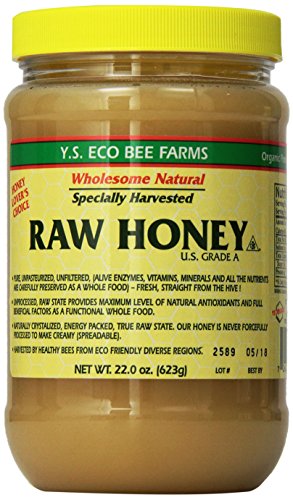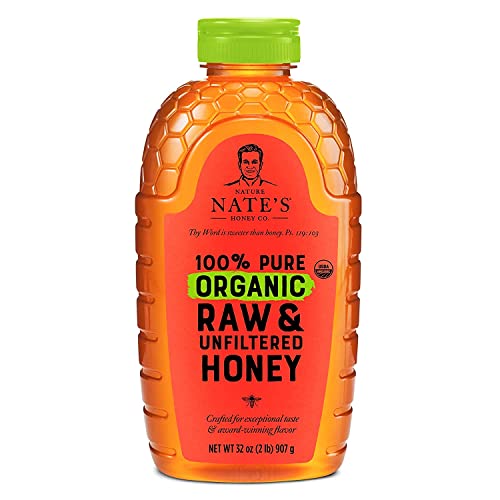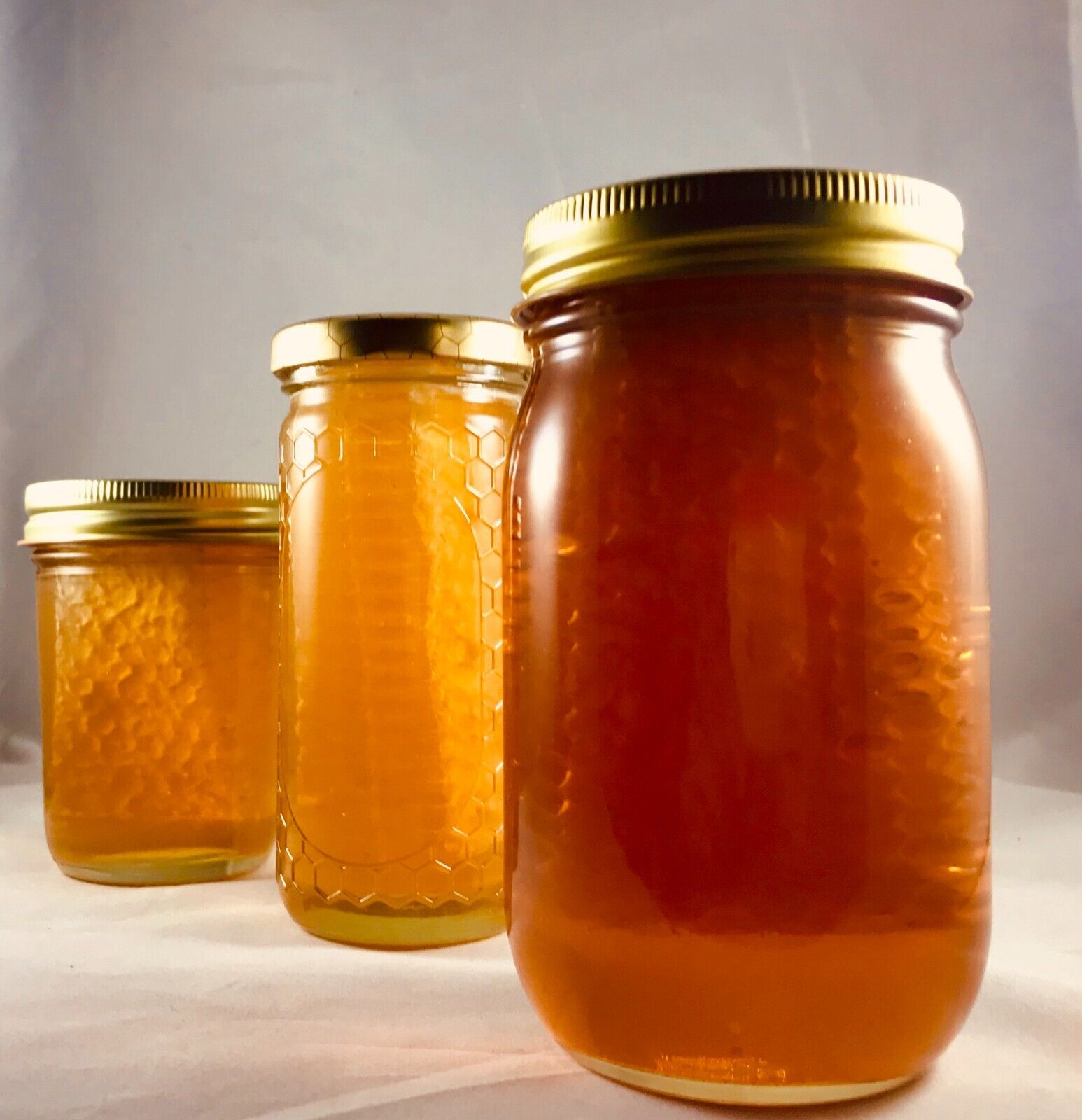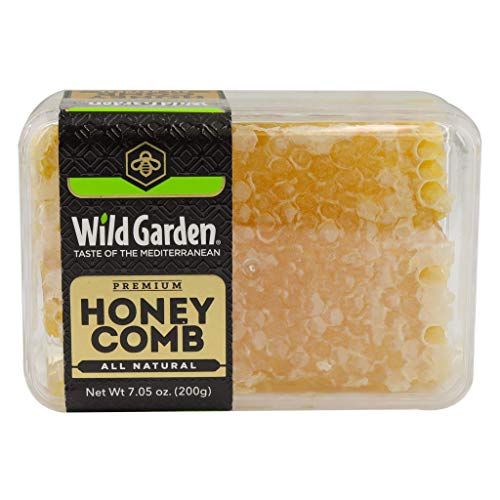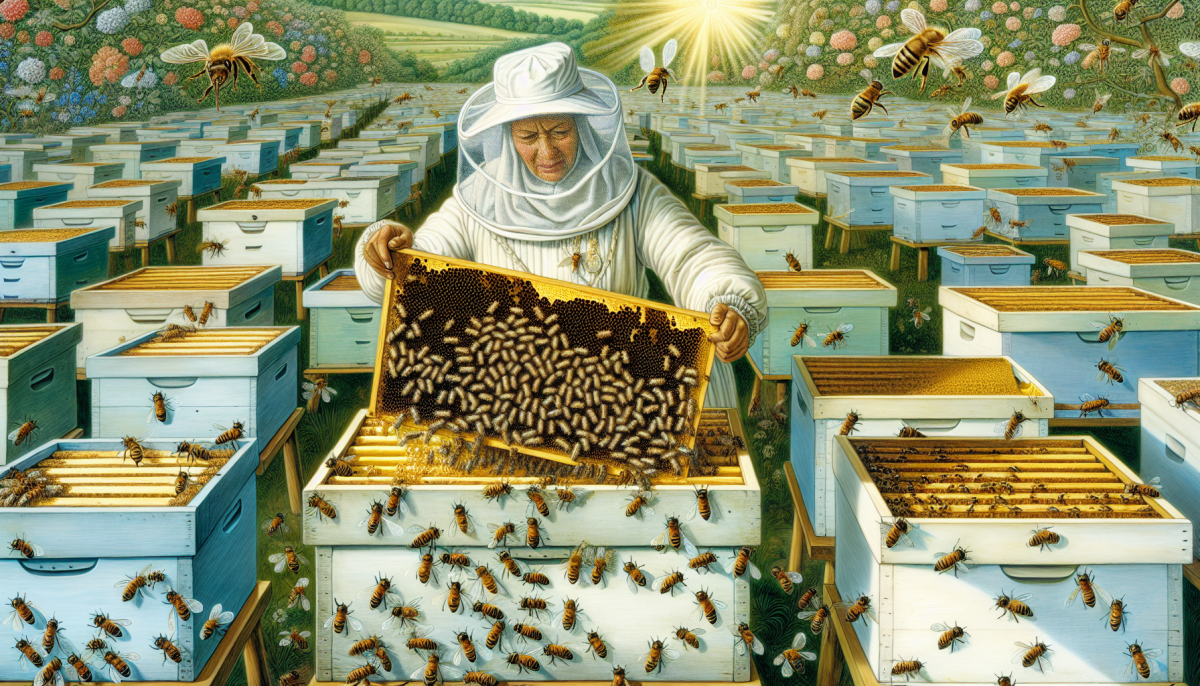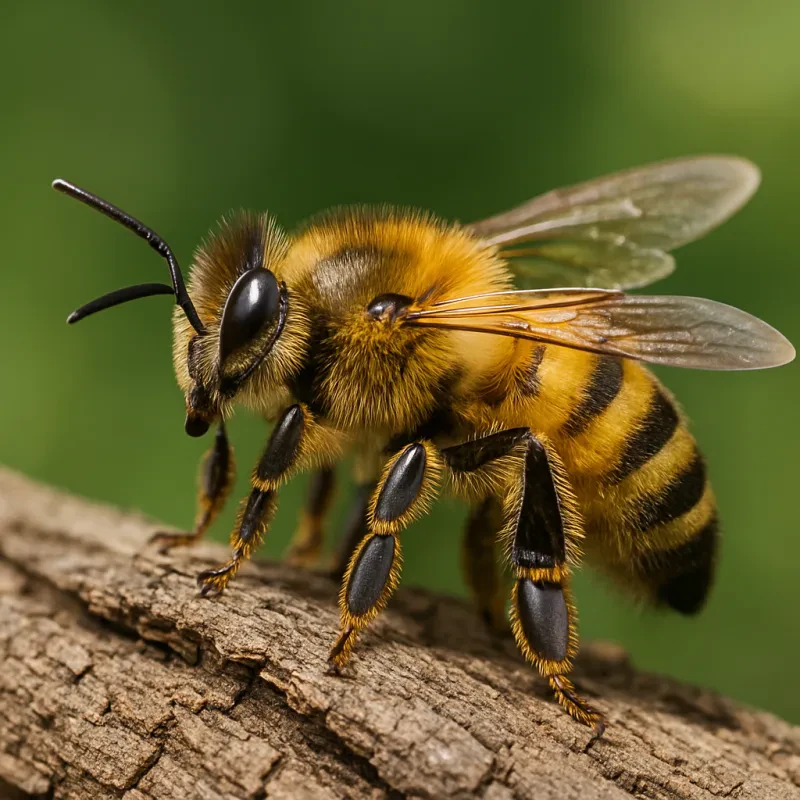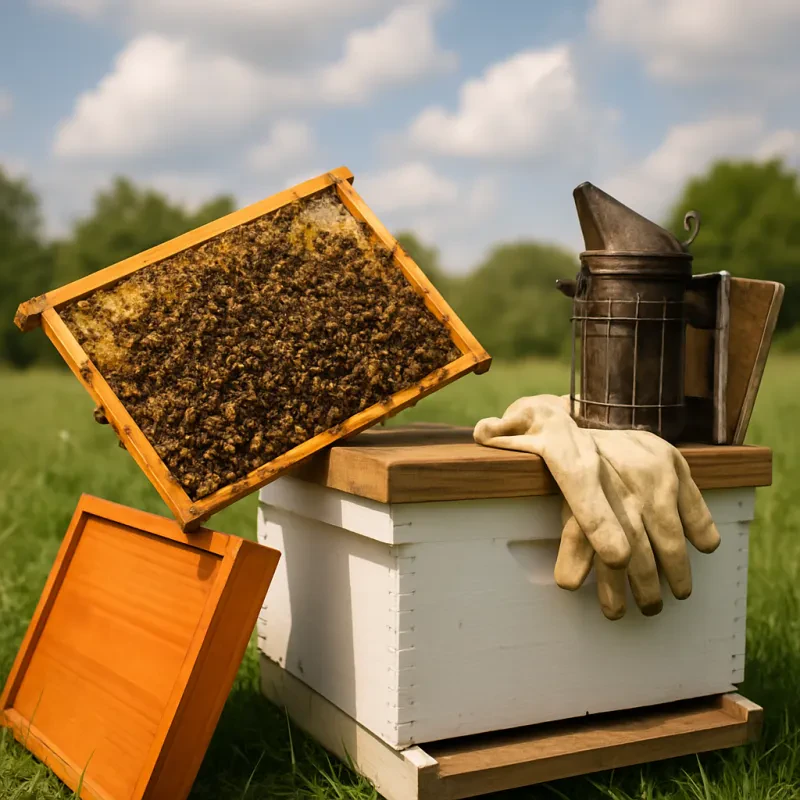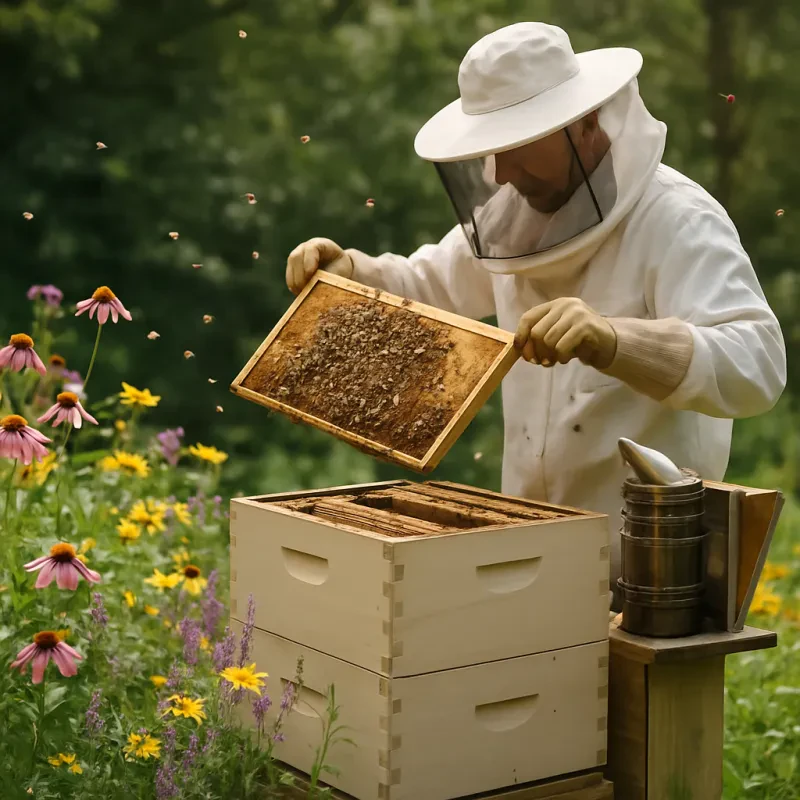How Much Do Beekeepers Make Per Hive?
Beekeeping is an ancient practice that has evolved over centuries into a profitable venture for many. In recent years, the demand for honey and other bee-related products has surged, making beekeeping an attractive option for both hobbyists and commercial farmers. In this article, we'll dive deep into the financial aspects of beekeeping, focusing on how much beekeepers can expect to make per hive. We'll explore the volume of honey produced, the costs involved, and the potential revenue from sales.
Introduction to Beekeeping Economics
Beekeeping economics can vary significantly depending on several factors, including the location, the type of bees, the quality of the honey, and the scale of the beekeeping operation. Understanding these factors is crucial for anyone considering entering the beekeeping business.
Average Honey Production Per Hive
Factors Influencing Honey Production
Honey production can be influenced by the bee breed, the local climate, and the availability of flowers. On average, a single hive can produce anywhere from 20 to 60 pounds of honey per year, although some experienced beekeepers with optimal conditions report yields of over 100 pounds per hive.
Seasonal Variations in Production
Honey production is also highly seasonal, with most of the yield occurring in late spring and early summer when flowers are in full bloom. Beekeepers must manage their hives carefully to maximize production during these peak times.
Costs Associated with Beekeeping
Initial Setup Costs
The initial setup costs for a new hive can range from $200 to $500, including the cost of the bees, the hive, protective gear, and basic tools. These costs can vary depending on the quality of the materials and the source of the bees.
Ongoing Maintenance Costs
Ongoing costs include feeding the bees during lean months, medication to prevent diseases, and replacing aging or damaged equipment. These costs average around $50 to $100 per hive per year.
Revenue from Honey Sales
Price of Honey
The price of honey can vary widely based on its quality, packaging, and whether it's sold directly to consumers or through retailers. Raw, unprocessed honey can fetch between $5 to $10 per pound, while specialty honeys may command higher prices.
Calculating Potential Revenue
Assuming an average production of 40 pounds of honey per hive and a selling price of $7 per pound, a beekeeper could potentially make $280 per hive from honey alone.
Additional Revenue Streams
Beekeepers can also earn income from selling beeswax, propolis, and even bees themselves to other beekeepers. Offering pollination services to farmers is another lucrative opportunity, with fees ranging from $50 to $200 per hive.
Maximizing Beekeeping Profits
Strategies for Increasing Honey Production
Improving hive health through regular maintenance, selecting high-yielding bee strains, and optimizing hive locations can significantly increase honey production.
Marketing and Sales Strategies
Developing a strong brand, leveraging social media for marketing, and exploring various sales channels, such as farmers' markets, online sales, and local stores, can enhance revenue.
Understanding Beekeeping's Financial Potential
Beekeeping offers a unique combination of environmental stewardship and economic opportunity. While the income per hive can vary, understanding the factors that influence honey production and sales is essential for maximizing profitability. With careful management and strategic marketing, beekeeping can be a rewarding and profitable endeavor.
Whether you're a hobbyist looking to cover the costs of your beekeeping passion or a commercial beekeeper aiming for significant profits, the key to success lies in knowledge, innovation, and dedication to your bees.
Honey: The Liquid Gold
Varieties and Marketing
Honey, the most famous product of beekeeping, is prized for its taste and nutritional benefits. Varieties such as wildflower, clover, and manuka honey can fetch different prices in the market. Marketing your honey involves not just selling a sweetener but telling the story of its origin, health benefits, and culinary uses.
Harvesting and Processing
Understanding the best practices for harvesting and processing honey is essential to maintain its quality. This includes the timing of harvest, the extraction process, and proper storage methods to preserve its natural flavors and properties.
Beeswax: A Versatile Product
Uses and Demand
Beeswax is another valuable product, widely used in cosmetics, candles, and even in food processing. Its natural properties and versatility make it a sought-after commodity in various industries.
Processing and Selling
The process of collecting, purifying, and molding beeswax into sellable products can significantly increase its market value. Offering beeswax in different forms, such as blocks, pellets, or even ready-made candles, can cater to a broader customer base.
Propolis: The Bee's Defense
Health Benefits and Applications
Propolis, a resinous mixture produced by bees, has been recognized for its antibacterial, antiviral, and anti-inflammatory properties. Its use in natural health products, including supplements and skincare items, highlights its importance in the wellness industry.
Extraction and Marketing
Extracting propolis can be a bit more challenging than harvesting honey or beeswax, but its high demand in the health and wellness sector makes it a worthwhile endeavor. Marketing propolis products effectively involves educating consumers on their health benefits and applications.
Royal Jelly: A Rare Delicacy
Nutritional Value and Uses
Royal jelly, the secretion used to feed queen bees and larvae, is renowned for its health benefits, including enhancing immunity and improving skin health. Its rarity and nutritional value make it a premium product in the health supplement market.
Harvesting Techniques and Challenges
The process of collecting royal jelly is delicate and requires careful handling. Despite the challenges, the high market price of royal jelly makes it an attractive product for beekeepers to sell.
Pollen: The Bee's Superfood
Collection and Health Benefits
Bee pollen is collected by bees as a food source and is touted for its nutritional content, including proteins, vitamins, and minerals. It's used as a dietary supplement and is popular among health-conscious consumers.
Processing and Packaging
Processing bee pollen involves drying and packaging it in a way that retains its nutritional value. It can be sold in bulk or in capsules, depending on the market demand.
A Hive of Opportunities
Beekeeping opens up a world of opportunities for those willing to explore the commercial potential of hive products. Whether it's the sweet allure of honey, the versatile beeswax, the health-boosting propolis and royal jelly, or the nutritious bee pollen, each product has its own niche in the market. With the right knowledge and marketing strategies, beekeepers can transform their passion into a profitable venture, contributing to the economy and ecology alike.
